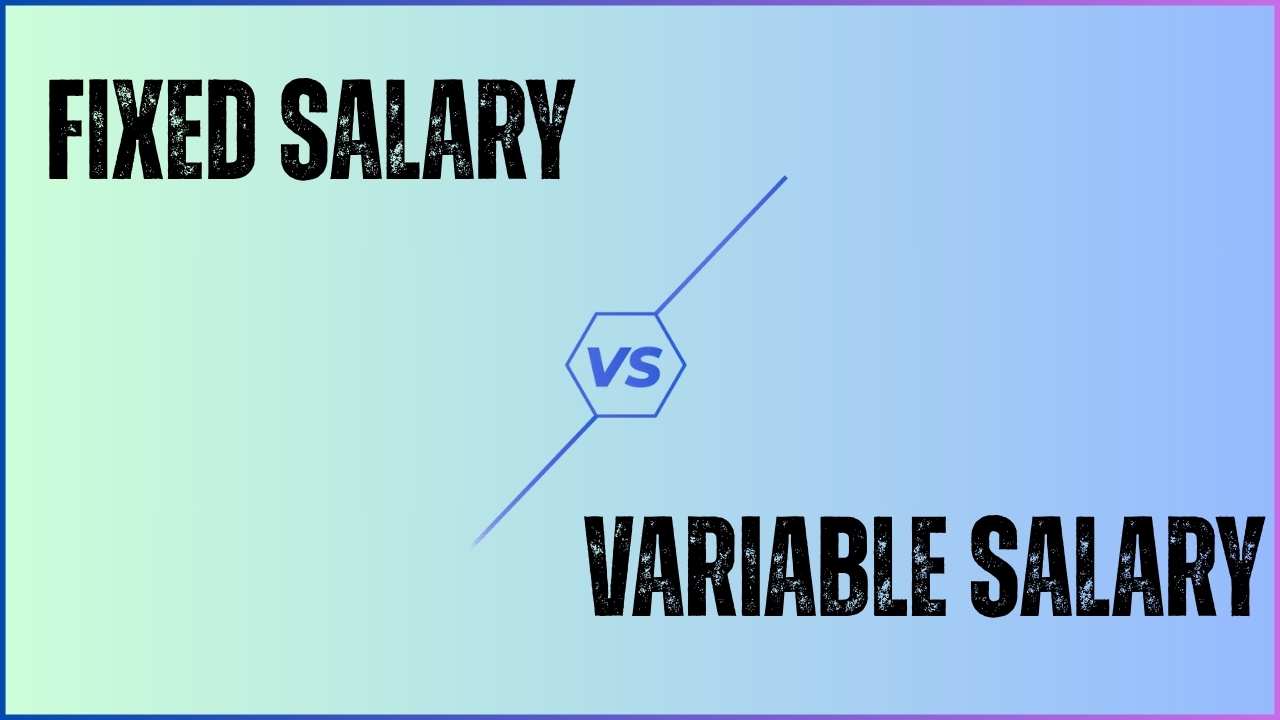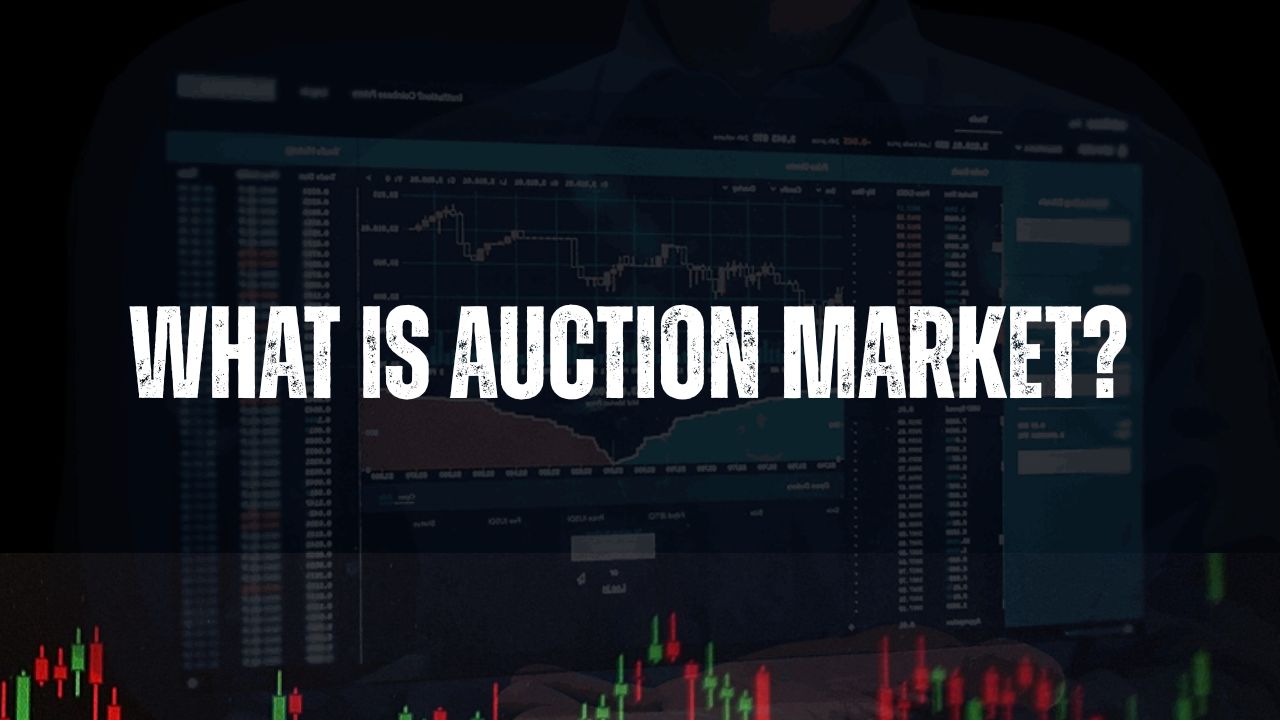Commodities such as gold, oil, and coal are fundamental products that humans purchase and sell worldwide. Most investors prefer commodities due to their function of diversifying risk in a portfolio. Rather than purchasing the metal or oil itself, investors may instead opt for a commodity-linked security. This is a unique financial instrument whose return is tied to the price of one or more commodities. In this article, we’ll explore what these securities are, how they work, and their main benefits and risks.
What Are Commodity-Linked Securities?
A linked security is an asset that is linked to another asset. In commodity-linked securities, the linked asset is the price of a commodity. These securities take the form of debt instruments (like bonds), but their interest payments or even the return you receive at maturity may fluctuate according to the price movement of the commodity.

- Traditional bond: Pays a fixed interest rate and returns the same principal (amount you paid) at maturity.
- Commodity-linked security: Interest (coupon) or principal varies with the linked commodity’s price.
In India, it is simple for individual investors to purchase commodity-linked equities (equities of companies linked to commodity prices). But commodity-linked debt instruments (such as bonds) are typically reserved for large, institutional investors.
How Do Commodity-Linked Securities Work?
There are two main structures:
- Principal-Linked Bonds
- The principal amount you get back at maturity goes up or down based on the commodity’s price.
- If the commodity price rises, you receive more than you put in. If it falls, you get back less.
- Coupon-Linked Bonds
- The principal stays the same, but the coupon rate (interest you earn) changes with the commodity price.
- If the commodity price rises, your interest payment increases. If it falls, your interest payment decreases.
Example:
You buy a coupon-linked bond tied to gold.
- If gold prices go up, you earn a higher interest rate.
- If gold prices drop, you earn a lower interest rate.
In some rare cases, a security might adjust both principal and coupon together.
Commodity-Linked Equities
These are stocks of companies whose business depends on a commodity. Their share prices often move with that commodity’s price.
- Example: Oil & gas company shares often rise when crude oil prices go up because the company makes more profit.
Commodity-linked equities are easy for Indian investors to buy through stock markets.
Common Commodities in These Securities
Some of the most frequently linked commodities include:
- Gold and Silver (precious metals)
- Crude Oil and Coal (energy products)
- Base Metals (like copper and aluminum)
These securities are issued by mining, energy, or metal-producing companies, either in private deals or on public markets.
Advantages of Commodity-Linked Securities
- Commodity Market Exposure
- Benefit from price changes without handling the physical goods.
- Diversification
- Adding commodity-linked securities can balance out a portfolio with stocks and bonds.
- No Physical Delivery
- No need to store or transport actual commodities, unlike futures or spot trading.
- Inflation Hedge
- Some commodities rise in price during inflation, helping protect your investment value.
- Transparency
- Clear information on how prices are set and risks involved. In India, SEBI rules add extra transparency.
Risks and Limitations
- Market Volatility
- Commodity prices can jump up and down due to global events, weather, or supply issues.
- Counterparty Risk
- If the issuer (the company behind the bond) can’t pay, you may lose money.
- Liquidity Issues
- Especially for bonds, there may be few buyers or sellers, making it hard to exit before maturity.
- Tax and Regulation Changes
- New rules or taxes can change how these securities are treated or limit access.
- Need for Commodity Knowledge
- You must understand factors that move commodity prices, such as government policies or weather patterns.
Conclusion
Commodity-linked securities provide a hassle-free method of gaining exposure to the advantages of commodity price changes without having to hold the underlying goods. They give diversification to a portfolio, protection against inflation, and clear structures. They also have associated risks, including price volatility, issuer credit risk, and possible liquidity difficulties. It is important to carefully examine the terms, know the underlying commodities, and see how they align with your overall financial plan before investing. With the proper knowledge and technique, commodity-linked securities can prove to be a useful addition to your investment arsenal.
Disclaimer:
The information presented in this article is for general informational purposes only. It does not constitute financial, investment, or professional advice. Commodity prices and market conditions can change rapidly; before making any investment or trading decisions, you should conduct your own due diligence and consult with a qualified financial advisor or other professional. The author and publisher assume no responsibility for losses or damages resulting from any actions taken based on the content of this post.










